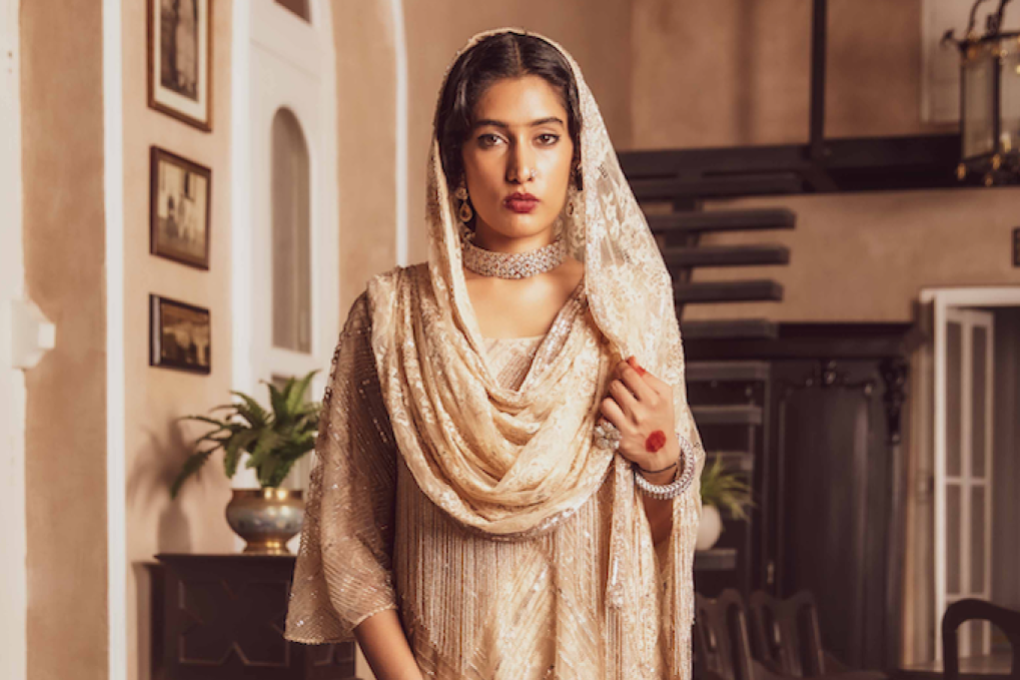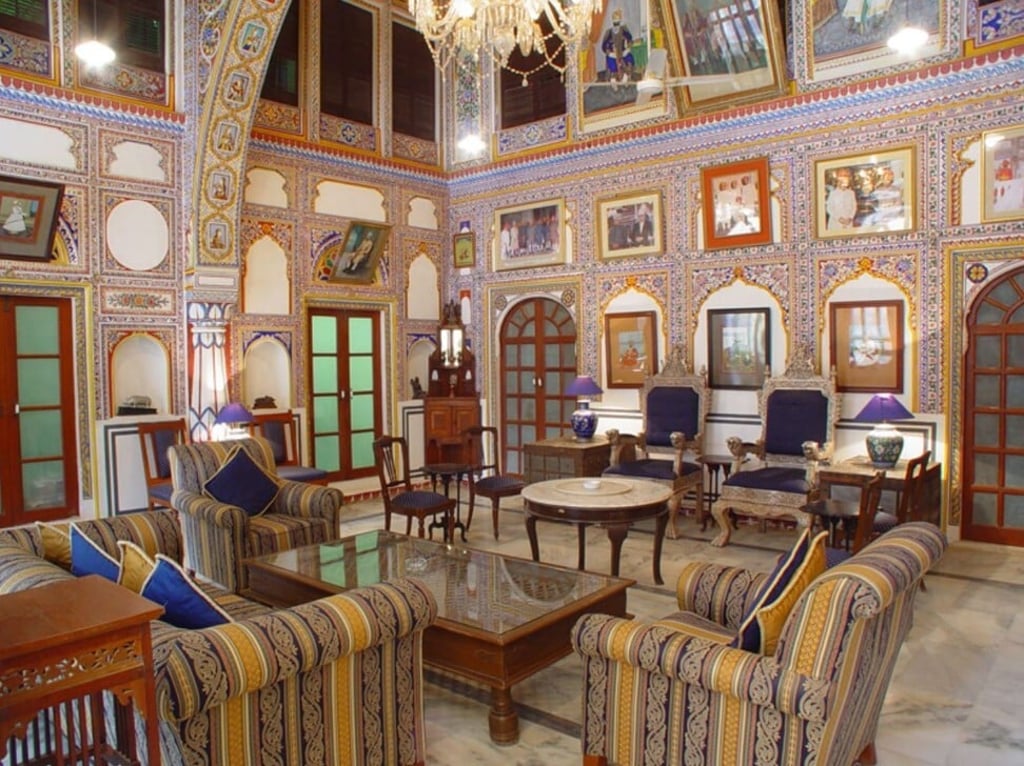From palace to hotel: how India’s royals are striving to stay relevant
- Since India abolished the monarchy in 1971, its royal families have had to grapple with the changing role of nobility in the modern world
- While they see themselves as ordinary Indians with a heritage to preserve, their relevance is declining in a nation where poverty is widespread and privilege frowned on

In July 1971, India’s abolition of the almost 3,000-year monarchy left hundreds of royals across the nation at a crossroads as they grappled with the changing nature of what it meant to be a noble in the modern world.
With the privy purse cut off, some sold their jewellery and assets, but almost five decades later, many today remain elites of society and still control up to billions in wealth, even as they see themselves as ordinary Indians with day jobs.
While many Indians acknowledge the role that royal families have played in India’s arts, culture and heritage, the relevance of these once illustrious families continues to decline in a nation where poverty is widespread and hereditary privilege is viewed by most as offensive and anachronistic.
Many royals have navigated the shift in status by merging the old with the new, such as by repurposing their centuries-old palaces into heritage hotels.
